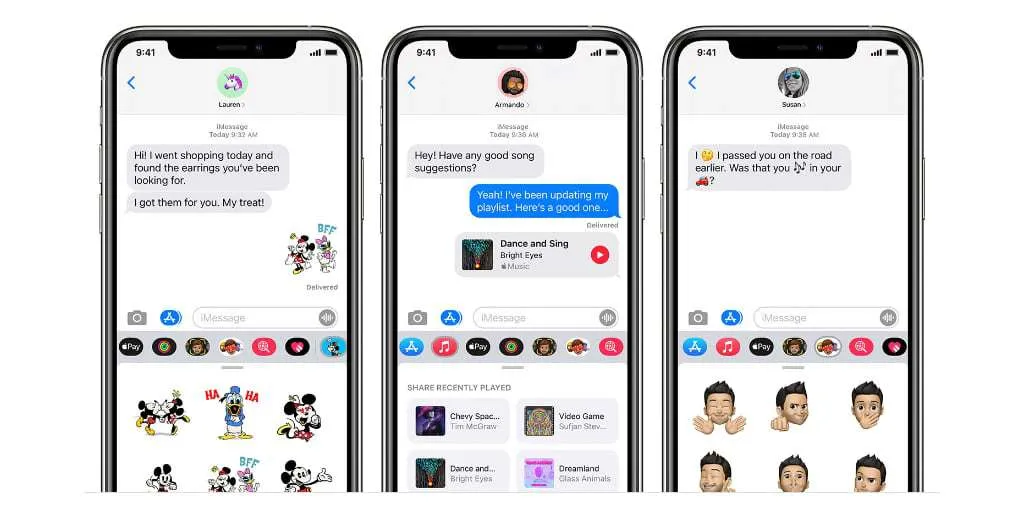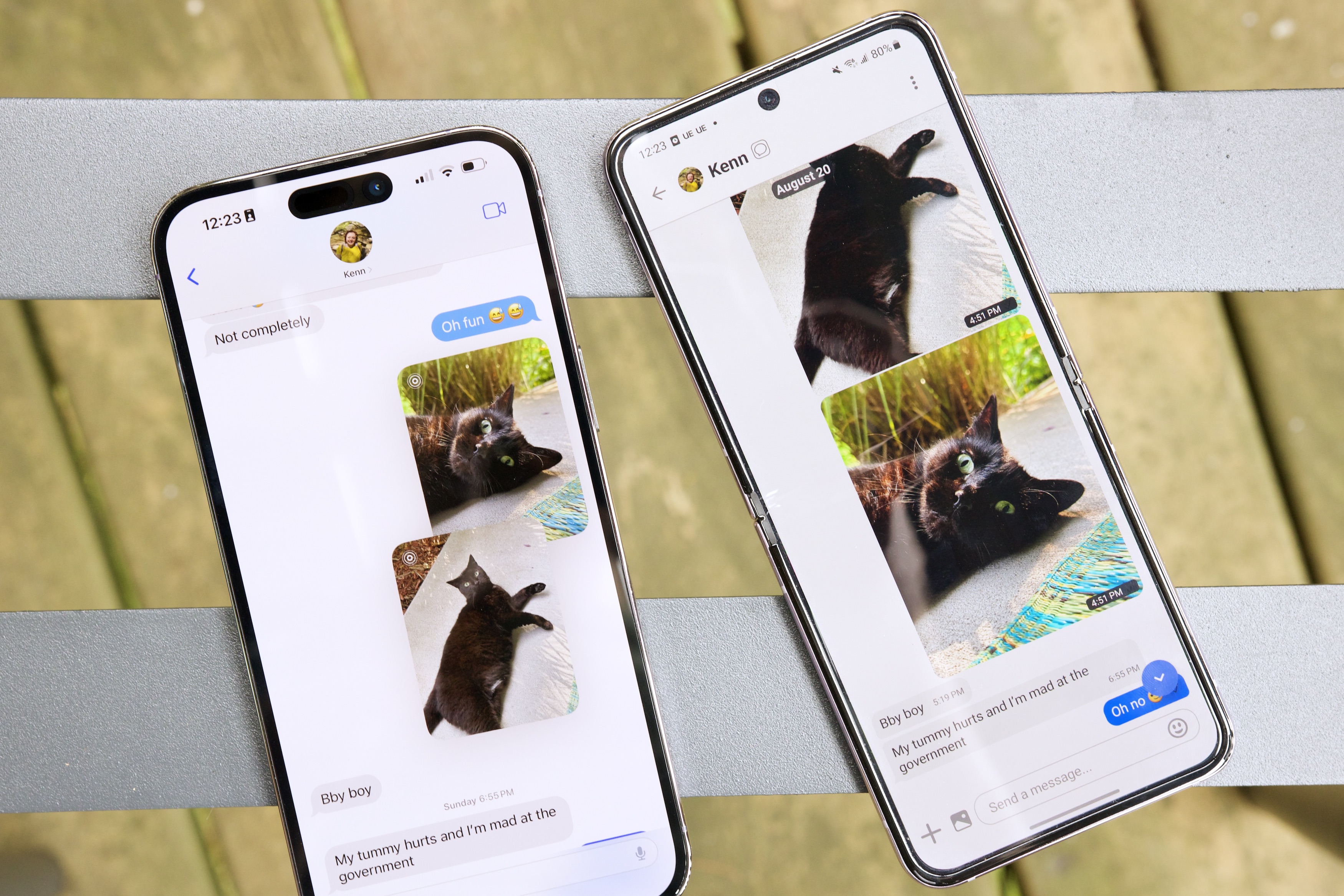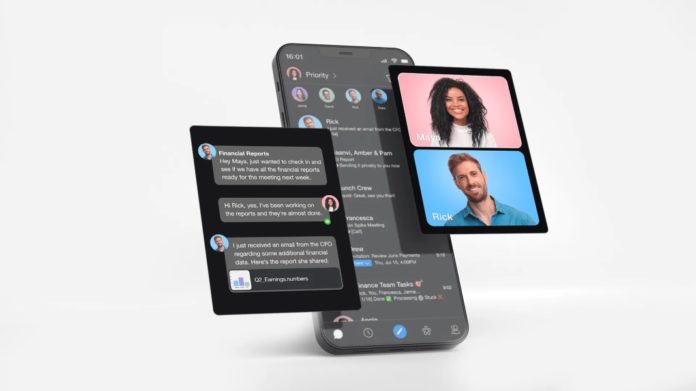The prospect of breaking into Apple’s coveted iMessage system from an Android device seemed like an impossible feature until now. Eric Migicovsky, CEO of the messaging platform Beeper, found himself initially skeptical when a 16-year-old developer reached out claiming to have cracked the code. The revelation of this breakthrough birthed the Beeper Mini app, revolutionizing messaging across platforms.
Beeper Mini’s Operational Elegance
The app, unveiled by Migicovsky’s startup, seamlessly bridges the gap between Android and Apple’s iMessage. It ingeniously transforms standard text conversations into those illustrious blue bubbles native to iMessage. This breakthrough wasn’t without its doubters, but after using Beeper Mini extensively, you would be able to attest to its remarkable efficiency.
What sets Beeper Mini apart from its predecessors attempting similar feats is its direct communication with Apple’s servers. Unlike previous attempts that utilized cloud-based relays, which posed significant security vulnerabilities, Beeper Mini navigates iMessage’s intricacies directly.

Direct Communication with Apple
The technical prowess behind Beeper Mini is staggering. Reverse engineering iMessage’s intricate framework required a comprehensive understanding of Apple’s messaging pipeline. Beeper’s team meticulously deconstructed the system, delving into the iPhone’s OS and developing new code to replicate the process within the Android app.
One of the significant concerns with such third-party interventions is security. However, Migicovsky ensures users that Beeper Mini does not access messages, contacts, or Apple ID passwords. This commitment to privacy extends to open-sourcing Beeper’s iMessage code for public scrutiny, allowing experts to validate its security measures.
Security Assurance and Open-Source Transparency
Yet, the sustainability of Beeper Mini remains a subject of intrigue. Migicovsky believes in the legality of Beeper Mini’s approach, highlighting a provision for reverse engineering in copyrights. However, Apple’s staunch protection of iMessage’s exclusivity raises uncertainties about its longevity.
The company’s journey from its inception in 2021 to the present has been marked by relentless innovation. Beeper’s evolution, backed by a $16 million investment, illustrates its commitment to revolutionizing the messaging landscape. Notably, the prodigious 16-year-old developer, now part of Beeper’s team, underscores the company’s innitiative of harnessing young talent and ingenuity.

RCS messaging enters the field
Apple’s recent announcement to adopt the RCS messaging standard may shift the landscape, potentially mitigating Beeper’s unique selling point. With RCS bringing features akin to iMessage to cross-platform texting, Beeper’s allure may primarily reside in the nostalgia of those sought-after blue bubbles.
In essence, Beeper Mini’s disruptive foray into iMessage for Android represents a pivotal moment, challenging the confines of platform-exclusive messaging. The app’s success hinges on its ability to navigate legal hurdles and retain its distinctiveness in an evolving messaging ecosystem. As the conversation around messaging standards evolves, Beeper Mini stands as a testament to innovation in the quest for cross-platform communication harmony.
Stay tuned to Brandsynario for more.







































